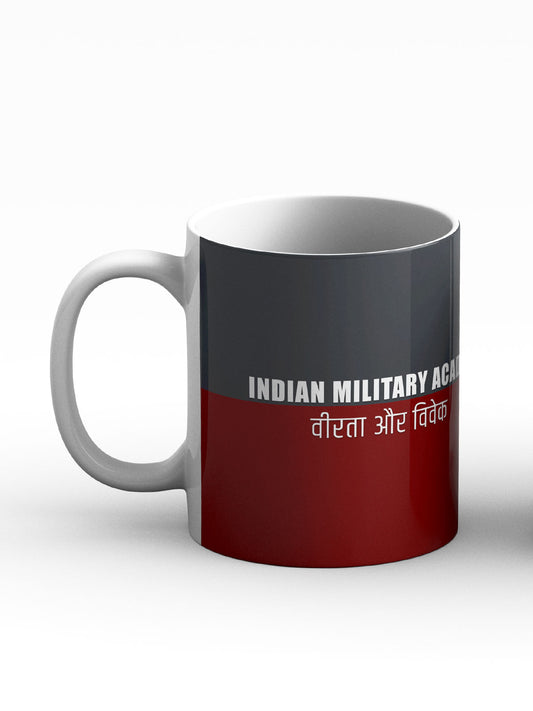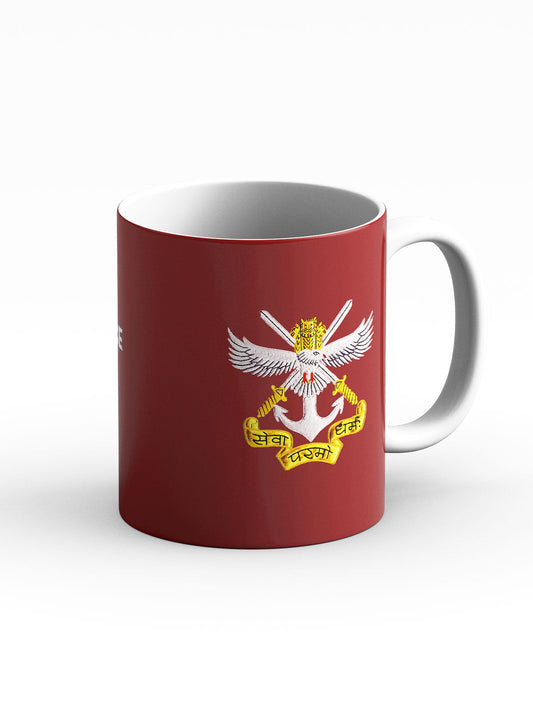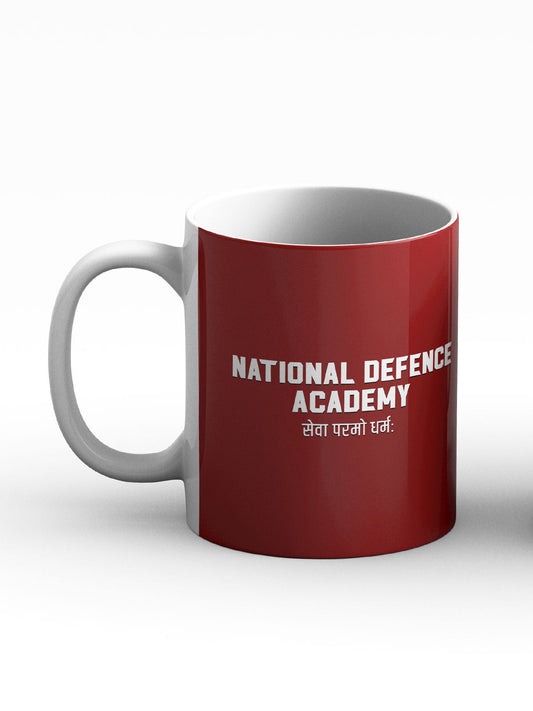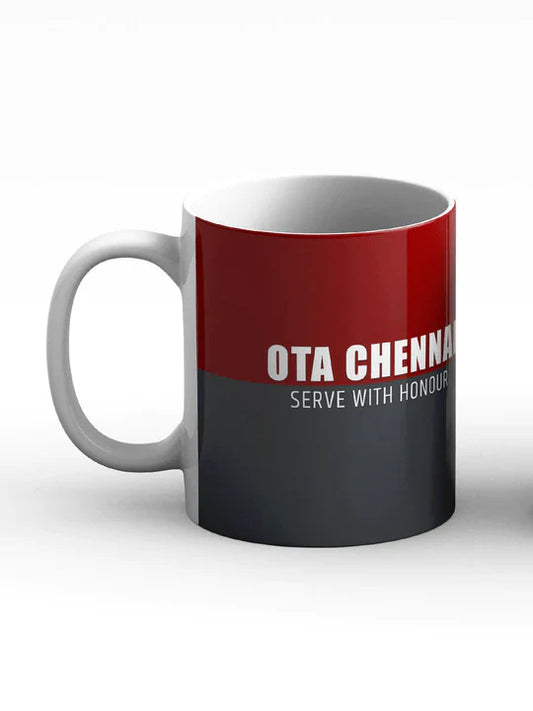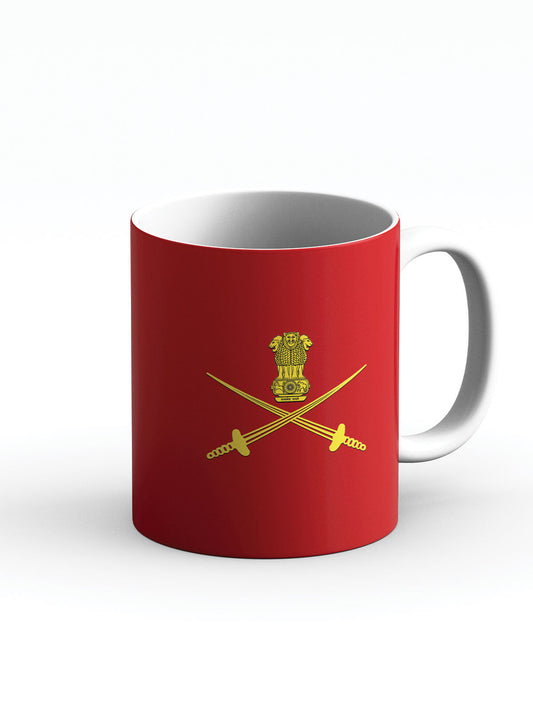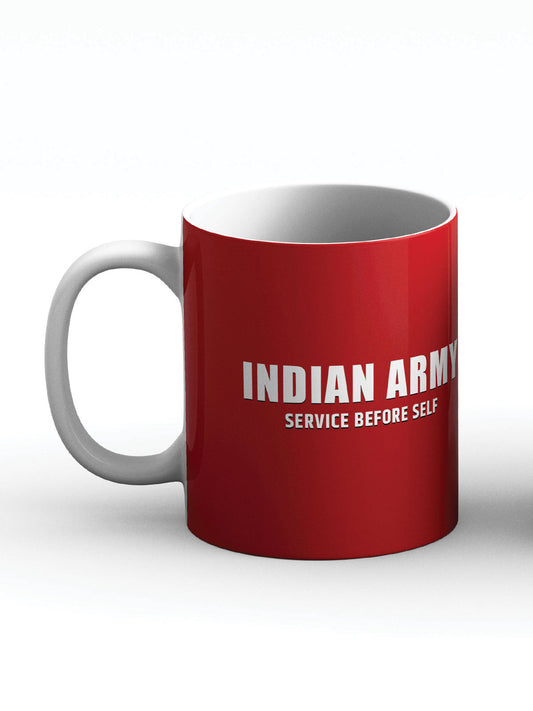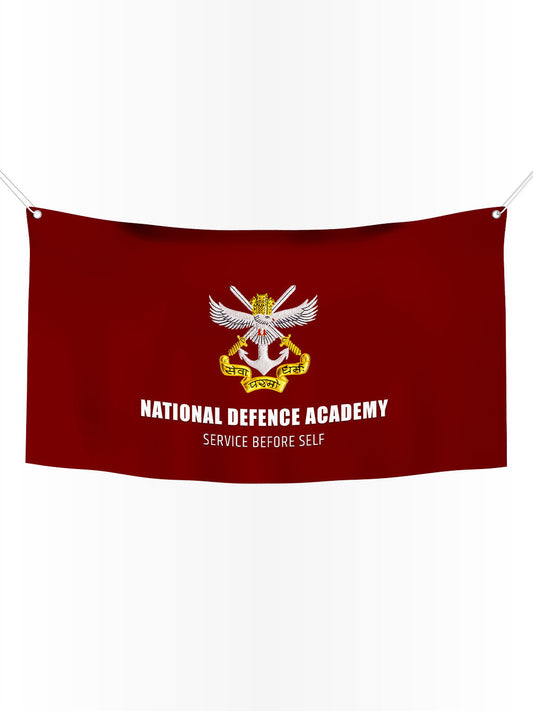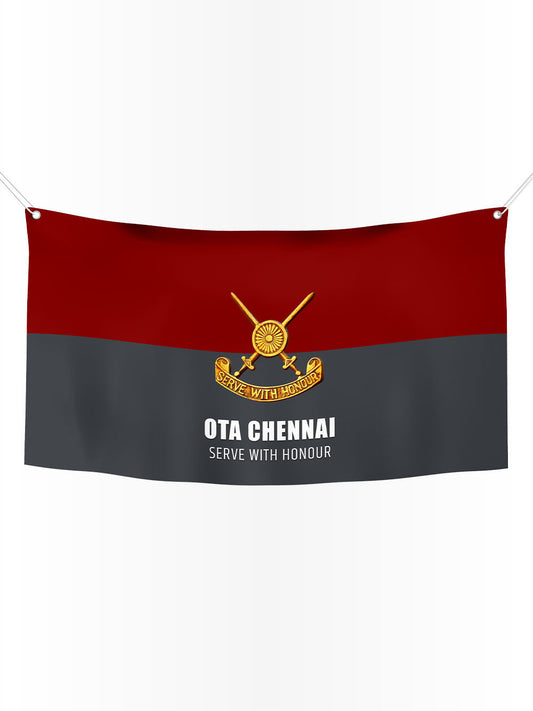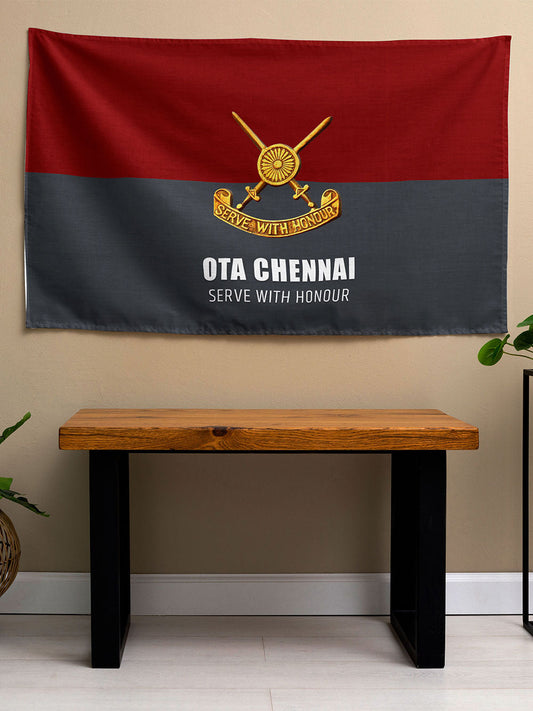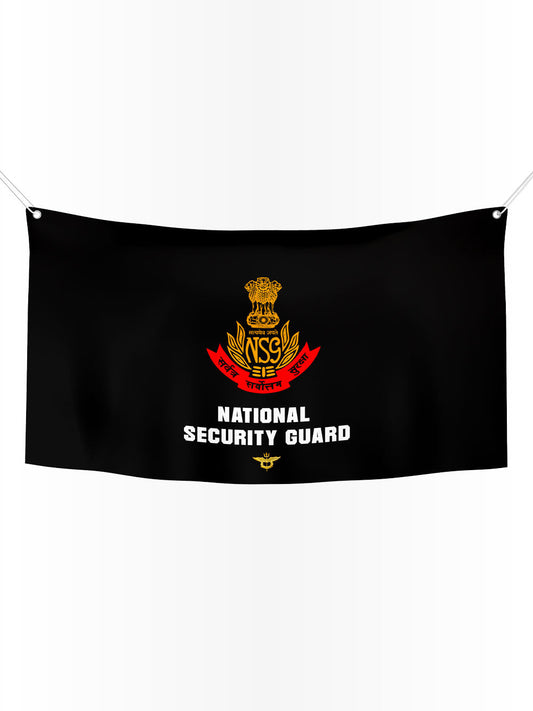Exploring the 21 Specialized Corps of the Indian Army: Opportunities for Aspiring Soldiers and Officers
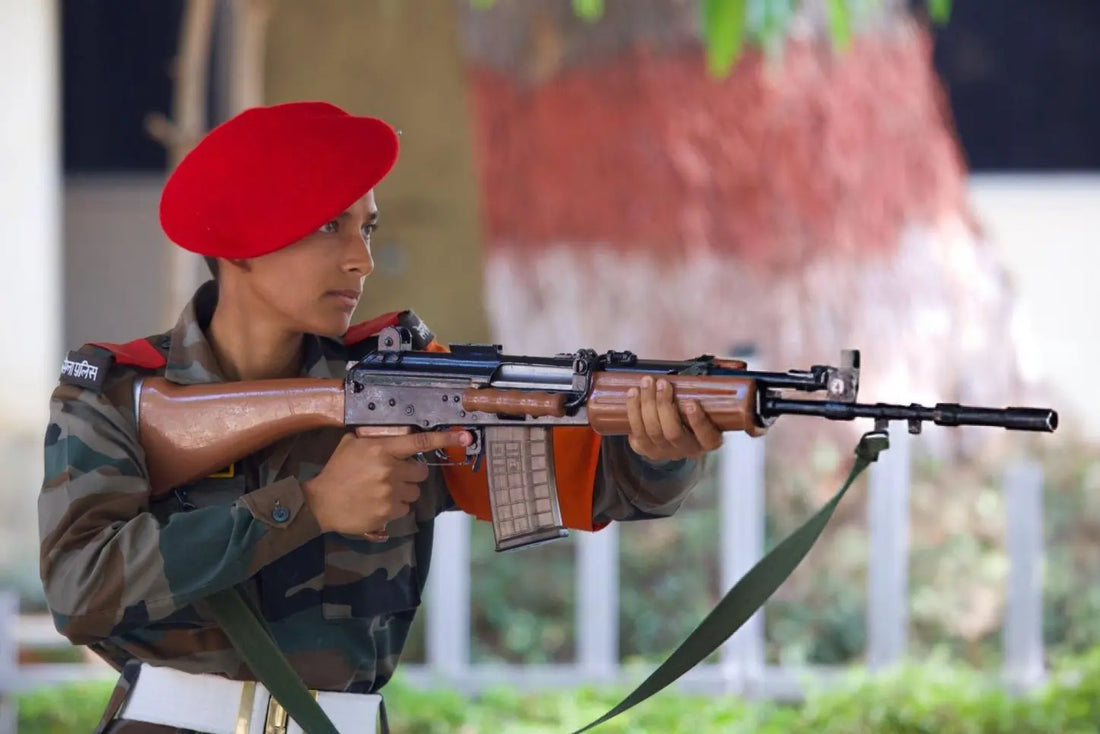
The Indian Army provides aspiring officers and soldiers with a variety of 21 corps to select from during their enlistment process, encompassing both combat roles and support functions. These corps allow individuals to match their skills, interests, and career aspirations with specialized military responsibilities, ranging from frontline combat to logistics and technical support. The selection is determined by entry schemes such as NDA, CDS, or technical entries, with each corps offering distinct training, challenges, and contributions to national defense.
Key Corps Categories
- Fighting Arms (7 Corps): Direct combat and tactical operations focus, ideal for action-oriented roles.
- Support Services (14 Corps): Concentrate on logistics, administration, health, and technical expertise, ensuring the army's operational efficiency.
Combat corps often involve high-risk environments, while support roles offer stability and specialized skills applicable to civilian life. Research indicates that selecting a corps based on personal aptitude, such as physical fitness for infantry or technical knowledge for engineers, leads to greater satisfaction and effectiveness. While gender integration in combat roles remains contentious, recent policies have expanded opportunities for women across the corps.
Brief on Joining Process
Entry into these corps is facilitated through competitive exams and SSB interviews, with allocations determined by merit, preferences, and vacancies. Options for Permanent Commission (PC) or Short Service Commission (SSC) are available, with training conducted at academies like IMA Dehradun or OTA Chennai. Starting salaries for officers are approximately ₹56,100, accompanied by benefits such as housing and pensions.
Why Choose a Specific Corps?
Each corps offers unique training durations ranging from 6 months to 2 years and diverse postings, from border regions to urban centers. For instance, those interested in aviation may prefer the Army Aviation Corps, while medical professionals might choose the Army Medical Corps. Recruitment data suggests a high demand for technical corps due to modernization efforts.
Comprehensive Exploration of the 21 Indian Army Corps
The Indian Army, comprising over 1.4 million active personnel, is structured into various corps that serve as its operational backbone. These 21 corps, divided into fighting arms and support services, enable recruits to specialize from the onset of their service. This comprehensive survey draws from official structures and historical developments, outlining roles, training, equipment, notable achievements, and career prospects for each. The corps illustrate the army's adaptation to modern warfare by integrating technology such as drones and cyber systems while maintaining traditions from colonial-era regiments.
For aspirants, understanding these corps is crucial as allocation affects not just daily duties but also long-term postings and promotions. Fighting arms typically involve more field deployments, while support corps focus on garrison-based work with opportunities for further education. The list below categorizes them into fighting arms (primary combat units) and support services (enabling functions), providing a detailed overview with in-depth insights.
Fighting Arms: The Spearhead of Combat Operations
These seven corps constitute the core of the Indian Army's maneuver and fire support capabilities, comprising around 70% of combat strength. They are recruited through general entries, emphasizing physical endurance, tactical acumen, and leadership skills.
- Infantry Corps: Often referred to as the "Queen of Battles," the Infantry Corps is the largest arm with over 350 battalions across 28 regiments (e.g., Rajput Regiment, Gorkha Rifles). Soldiers engage in direct ground combat, capturing objectives, and holding terrain. Duties include patrolling borders, counter-insurgency operations, and urban warfare. Training at centers like the Infantry School in Mhow lasts 10 months for officers. Notable achievements include pivotal roles in the 1965 and 1971 wars.
- Armoured Corps: Comprising 67 regiments, the Armoured Corps manages India's tank fleet, including T-90 Bhishma, Arjun Mk1A, and indigenous light tanks. It played a decisive role in the 1971 Bangladesh War. Officers are trained at Ahmednagar for 49 weeks.
- Regiment of Artillery (Artillery Corps): As the second-largest arm with over 200 regiments, it provides indirect fire support using 155mm howitzers, Pinaka rockets, and BrahMos missiles. Training at Devlali's School of Artillery lasts a year for officers.
- Corps of Army Air Defence (AAD): Defends airspace with systems like Akash SAMs, safeguarding against aircraft, drones, and missiles. Training occurs at Gopalpur (Odisha) for 44 weeks.
- Army Aviation Corps: Established in 1986, it operates over 300 helicopters for reconnaissance, troop transport, and attack missions. Training is conducted at Nashik for a year.
- Mechanised Infantry: The youngest arm, established in 1979, with 25 battalions using vehicles like BMP-2 Sarath. Training occurs at Ahmednagar.
- Corps of Engineers: Handles combat engineering tasks like bridging rivers and mine clearance. Training at Pune's College of Military Engineering lasts 1.5 years.
Support Services: Enabling the Fighting Force
The 14 support services corps focus on logistics, health, and administration, serving as the army's "force multipliers." They recruit through technical and medical entries, offering stable, skill-based careers.
- Corps of Signals: Manages communication networks with satellite systems and battlefield radios. Training at Mhow lasts for a year.
- Army Service Corps (ASC): Manages supply chains for rations, fuel, and ammunition. Training takes place in Bangalore for 9 months.
- Army Ordnance Corps (AOC): Responsible for procuring and storing weapons and ammunition, managing depots, and handling explosives.
- Corps of Electrical and Mechanical Engineers (EME): Maintains and repairs vehicles and electronics. Training is held at Secunderabad for a year.
- Army Medical Corps (AMC): Provides healthcare through field hospitals and ambulances. Training occurs at AFMC Pune for 5.5 years.
- Army Dental Corps (ADC): Offers oral health services in field units.
- Remount and Veterinary Corps (RVC): Cares for army animals used in patrols and therapy.
- Army Education Corps (AEC): Provides literacy and leadership training to troops.
- Corps of Military Police (CMP): Enforces discipline and maintains order.
- Military Nursing Service (MNS): Provides nursing in hospitals and field units, focused on trauma care.
- Judge Advocate General (JAG) Branch: Offers legal advice and handles court-martials.
- Army Postal Service (APS): Manages mail and financial services for troops.
- Army Physical Training Corps (APTC): Conducts fitness regimes and sports programs.
- Intelligence Corps: Gathers and analyzes intelligence for operations.
| Corps Category | Number of Corps | Key Focus Areas | Example Training Duration | Notable Equipment/Tech |
|---|---|---|---|---|
| Fighting Arms | 7 | Combat, Maneuver, Fire Support | 9-18 months | Tanks (T-90), Helicopters (Dhruv), Missiles (Akash) |
| Support Services | 14 | Logistics, Health, Admin | 6-12 months | Medical Kits, Comms Gear, Supply Vehicles |
| Total | 21 | Balanced Warfare | Varies by Entry | Indigenous Systems (Dhanush, Pinaka) |
This structure reflects the Indian Army's integrated approach, with ongoing reforms such as theater commands enhancing inter-corps coordination. Aspirants are encouraged to prepare through UPSC entries, focusing on fitness and academic performance for optimal allocation.




